UK braced for what could be the largest solar storm in over two decades
Intense geomagnetic activity could disrupt technology such as communication systems, global positioning systems and satellite orbits.
12/11/2025 By BGS Press
The British Geological Survey (BGS) has upgraded its geomagnetic forecast today (12 November 2025) to the highest intensity level amid an ongoing solar storm, which prompted the aurora displays that entertained stargazers across the UK overnight.
Current predictions suggest that a second storm, feeding off the first, will result in potentially the largest solar storm to hit our planet in over two decades. Scientists believe that it has the potential to achieve the maximum level of G5 on the NOAA storm scale. Dubbed a ‘cannibal storm’, the first event has already disrupted communications and global positioning system (GPS) satellite accuracy. At ground level, it created the biggest measured geoelectric field since BGS records began in 2012.
The increase in activity from the coming storm could have further, significant impacts on space and ground-based technologies, including communication systems, global positioning systems (GPS) and satellite orbits.

Animation of SOHO LASCO Coronograph imagery showing the coronal mass ejection (CME) associated with the X5 solar flare. The scintillation is due to energetic particles hitting the sensor. © NASA/ESA
Geomagnetic storms are caused by solar activity interacting with the Earth’s magnetic field, which has implications for national energy infrastructure and navigation. For this reason, it is listed as one of the primary hazards on the UK’s National Risk Register.
Space weather can have a real impact on the lives of people across the planet. BGS records real-time data of geomagnetic conditions, underpinning the national forecast service. Our data suggests that this event could be one of the biggest storms we’ve seen in 20 years.
Dr Gemma Richardson, BGS Geomagnetic Hazard Specialist.
Like any forecast, it is not possible to say with certainty exactly how big the storm will be. Solar storms travel from the Sun and can reach Earth in as little as 17 hours, although they can also take significantly longer. Based on satellite observations, we anticipate this event will be significant; early indications such as ground measurements of solar energetic particles are some of the largest recorded since 2005.
Assuming clear, dark skies, there is an increased chance of seeing the aurora borealis from the UK tonight. Observers in Scotland, northern England and Northern Ireland have the best chance if the weather is favourable.
Further information
Related news
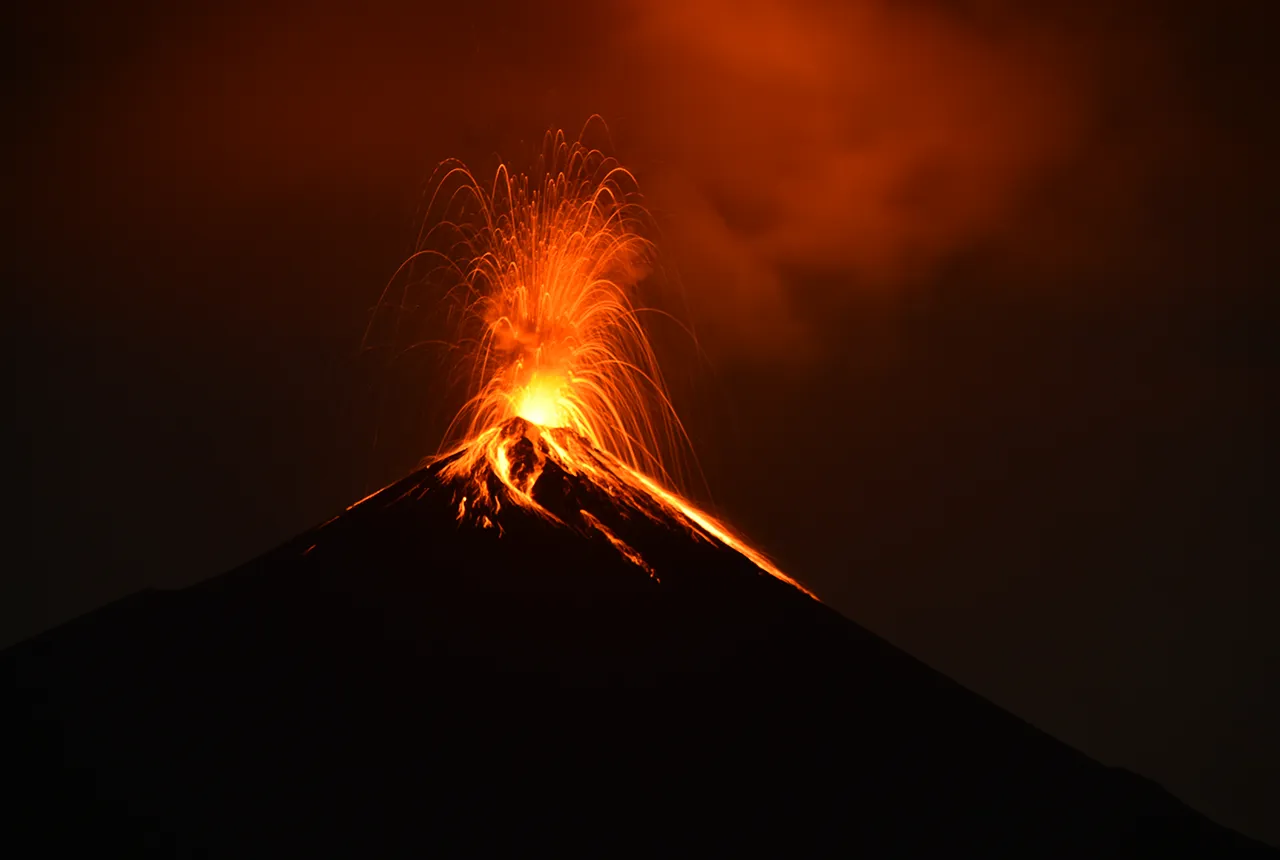
Fieldwork on Volcán de Fuego
13/10/2025
Understanding how one of the world’s most active volcanoes builds up material, and how they collapse to feed hot flows
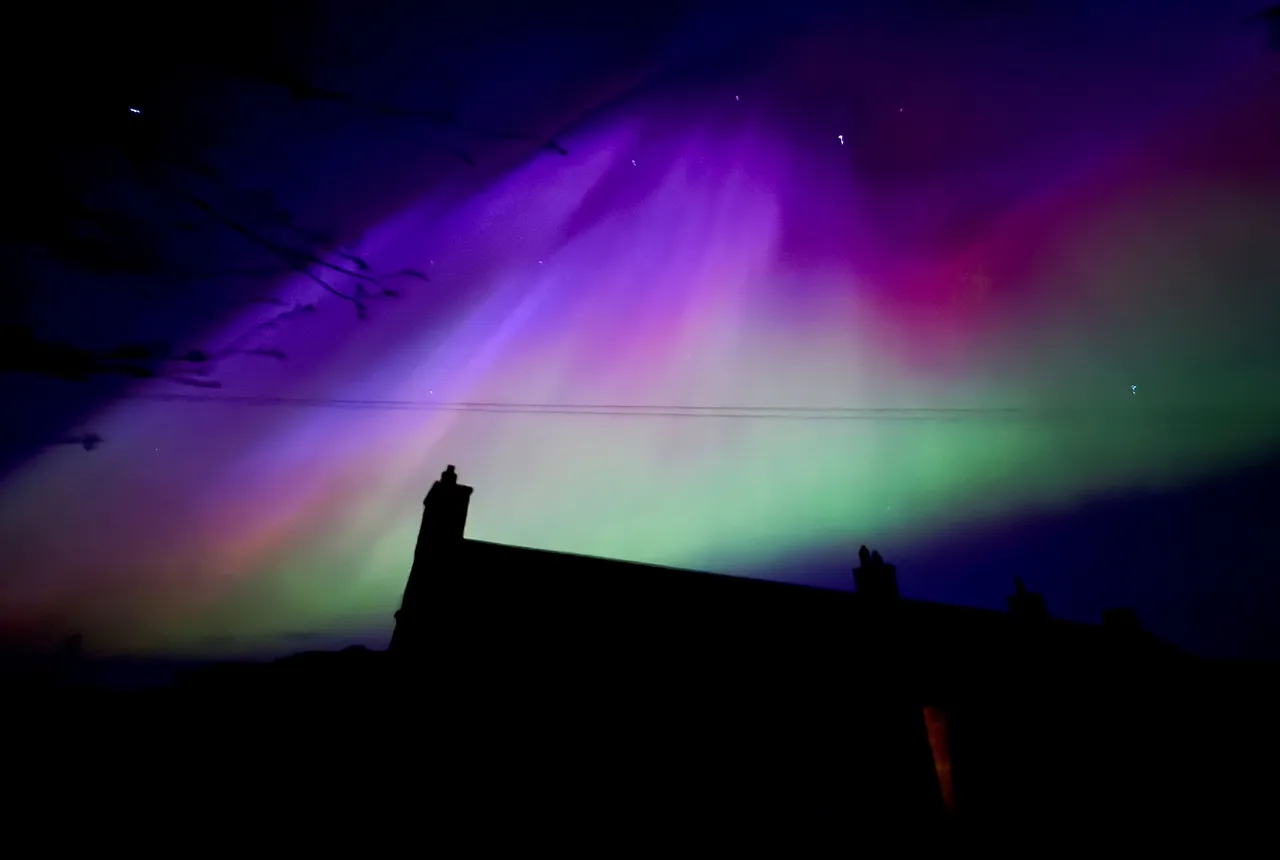
UK scientists in awe-rora as national coverage of magnetic field complete for the first time
23/09/2025
New sensors being installed across the UK are helping us understand the effects that extreme magnetic storms have on technology and national infrastructure.
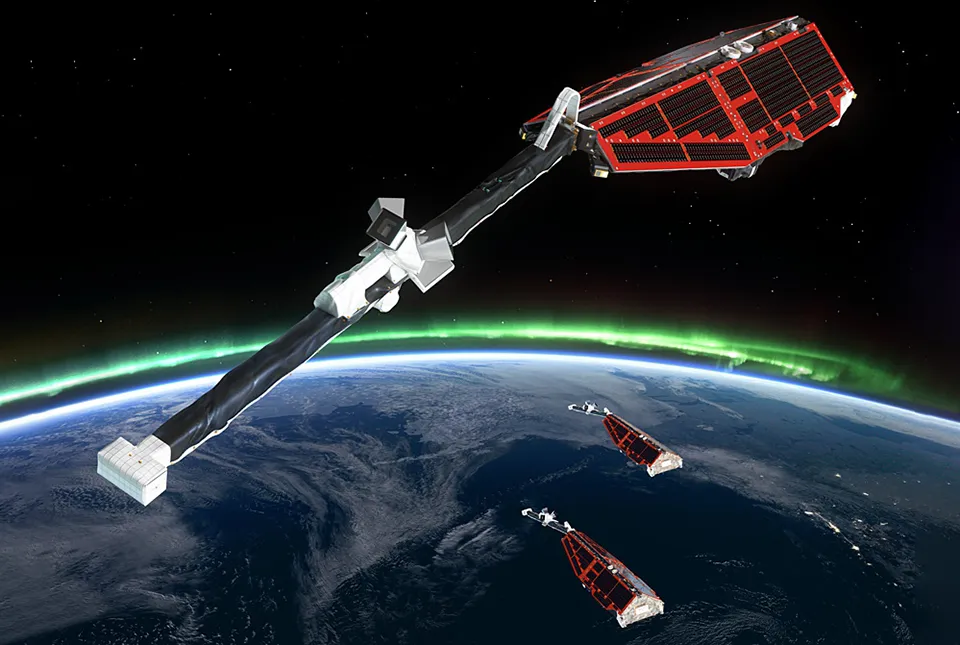
New global space weather hazard index launched
17/01/2025
The new index provides a near-real time, global picture of geomagnetic variations helping to highlight the effects of space weather.

Airlines, shipping companies and sleigh drivers rush to update crucial navigation systems ahead of Christmas rush
17/12/2024
Release of major upgrade to a new model tracking magnetic north prompts global reset of satellite tracking systems across trade and passenger transport routes.
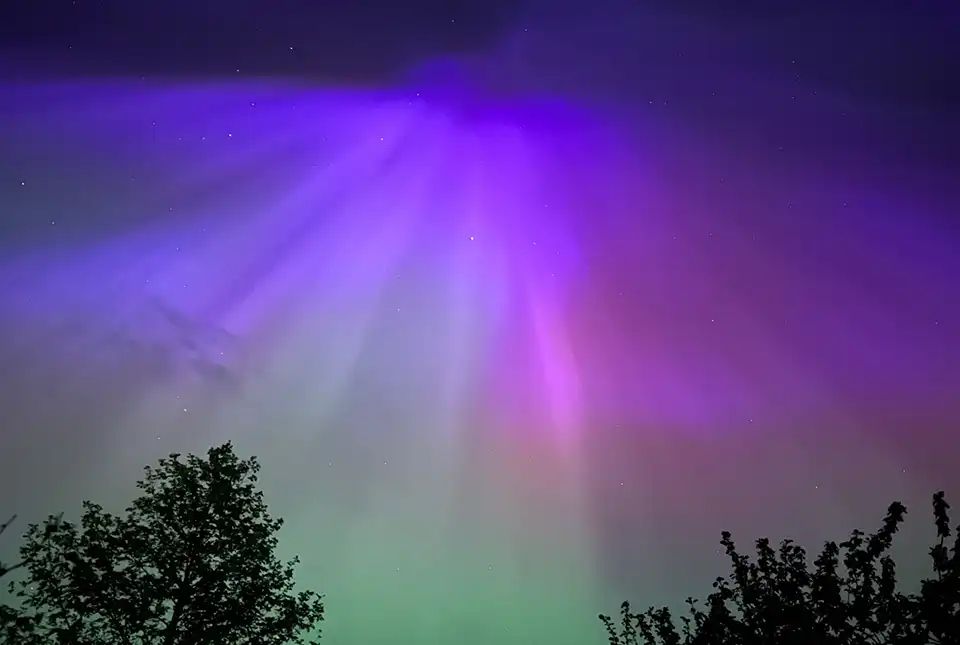
A-roaring display
16/05/2024
The dazzling and colourful aurora borealis, or northern lights, observed by many across the UK last weekend was one of the most extreme and long-lasting geomagnetic storms recorded in the last 155 years.

BGS leads update to maps of the Earth’s magnetic field
04/04/2024
The International Geomagnetic Reference Field, used for navigation on mobile phones and in space, is updated every five years.

Will 2024 be the Year of the Aurora?
23/02/2024
The Sun’s approximate eleven-year activity cycle is predicted to peak this year, prompting BGS scientists to anticipate that 2024 will be the ‘Year of the Aurora’.
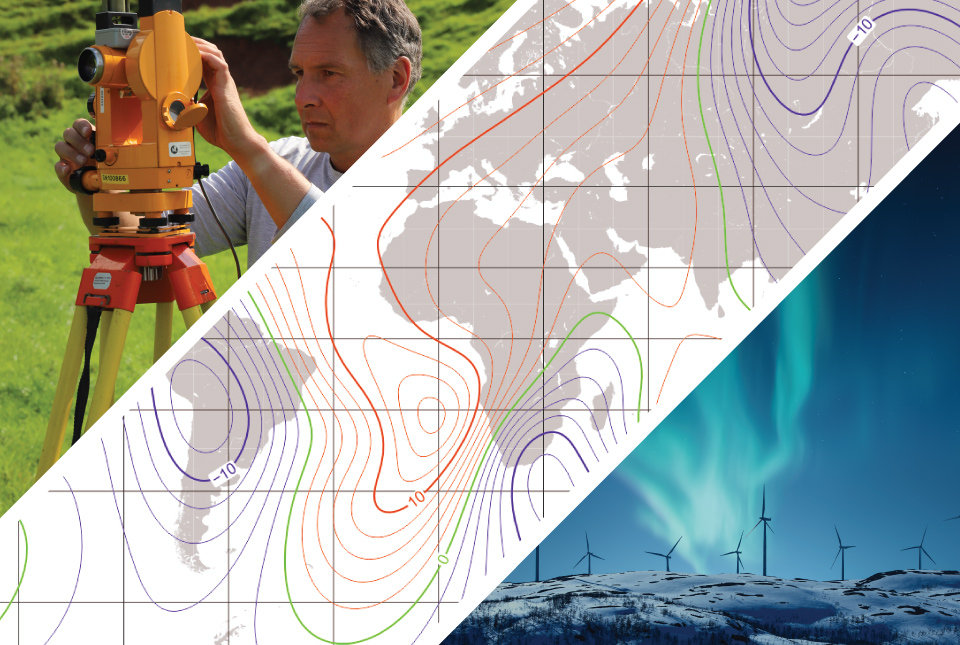
From the Earth’s core to outer space: understanding the magnetic field
Event on 26/03/2024
A special webinar focusing on our our geomagnetism research, including how we measure the magnetic field, everyday applications and mitigating the threats of space weather.

Observing magnetic fields: 100 years of data
02/08/2022
Marking the centenary of the Lerwick Geophysical Observatory.

UK’s geomagnetic blind spots tackled with new observatories
28/07/2022
Three new geomagnetic observatories have been installed across the UK to fill in the country’s ‘blind spots’ and tackle the risk posed by space weather.

The Great North Run
28/05/2021
The directions of true, grid and magnetic north will, for the first time, coincide at various locations in Great Britain between 2022 and 2026.

Geomagnetism with Sarah Reay
10/02/2021
Sarah Reay discusses why we study the Earth’s magnetic field, the best location for a geomagnetic observatory, and tips for spotting the Aurora Borealis.



